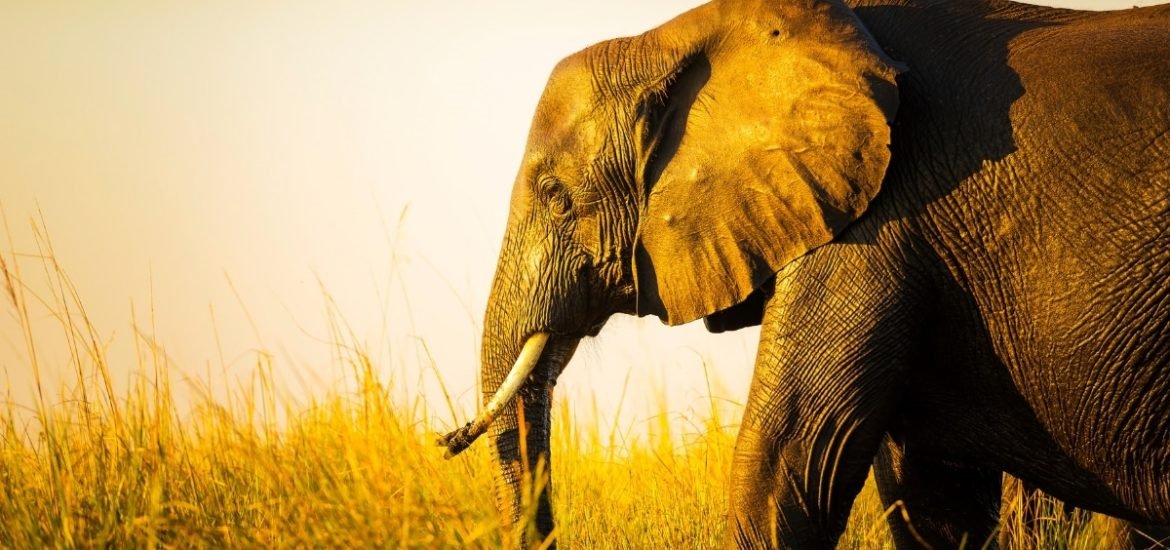
New findings published on 19 September in Science Advances have revealed that three cartels are responsible for smuggling the majority of ivory out of Africa through the cities of Entebbe, Uganda, Lome, Togo, and Mombasa (1). Prof. Samuel Wasser, a conservation biologist at the University of Washington, and his team of researchers achieved this important feat by analyzing the DNA of seized elephant tusks and comparing it with a genetic map of elephants in the region. Based on this work, they were able to conclude where multiple ivory hauls originated
Over the past few decades, Wasser and his team have been collecting elephant excrement across Africa to create a DNA database that can now point to the origin of a seized piece of ivory to within 300 kilometres. Since 2005, they have been able to use this data to assess DNA of seized ivory shipments to help the authorities determine where recovered ivory is coming from and how far it is travelling. A previous report published in 2015, based on 28 large shipments, revealed a recurrent pattern that could be traced back to two regions: Tridom forest, which sprawls over areas of Cameroon, The Republic of Congo, and Gabon; and Tanzania (2).
In the recent study, three major export cartels operating in Africa between 2011 and 2014 were identified by a chain of multiple linked seizures exported or about to be exported out of Africa from the same port. Researchers were able to match seizures occurring close in time and containing tusks from the same poaching region. As a result of this work, members of one of the major cartels, believed to be headed by a Kenyan named Feisal Mohamed Ali and five co-conspirators, are now being retried for a case that was previously thrown out due to “irregularities.” But this time, prosecutors have access to a huge amount of detailed genetic evidence that connects multiple ivory shipments to just a few powerful criminal networks.
According to a report published last year, transnational crime is valued at an average of $1.6 trillion (€1.36 trillion) to $2.2 trillion (€1.87 trillion) annually, including drug trafficking, arms dealing, and human organs, as well as counterfeiting, illegal fishing, logging, and mining, and wildlife crimes like the sale of elephant tusks. International poachers are responsible for killing 40,000 endangered elephants every year in Africa and threaten to make the remaining 400,000 animals African elephants extinct within the next twenty years.
International crime is driven by high profits and low risk for perpetrators, and sustained by a shadow global financial system. In particular, trafficking has proven very difficult to stop and transnational crimes like these continue to undermine economies, societies, and governments in developing countries. According to the authors, “Targeting such cartels could have a major direct impact on combating the illegal ivory trade by preventing contraband from transiting out of Africa before it becomes far more diffuse and expensive to trace.”
(1) Wasser, S. K. et al. Combating transnational organized crime by linking multiple large ivory seizures to the same dealer. Science Advances (2018). DOI: 10.1126/sciadv.aat0625
(2) Wasser, S. K. et al. Genetic assignment of large seizures of elephant ivory reveals Africa’s major poaching hotspots. Science (2015). DOI: 10.1126/science.aaa2457